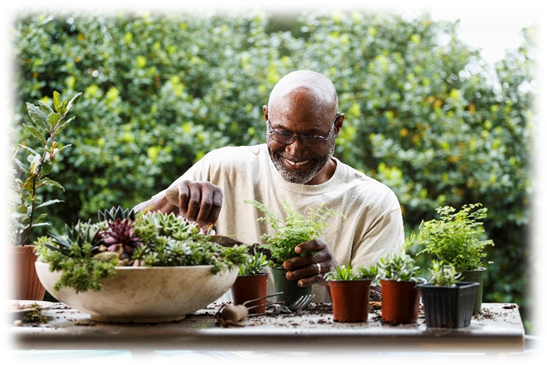Holistic Habits by Cheryl A. Mothes, Ph.D. Natural Health Nutrition Counselor
Content is a daily radio
script from my KHIS radio spot - tune in at 6:15 (CST) every morning to Justin
and Meredith’s morning show on 89.9 FM.
Osteoporosis is estimated to affect 200 million people worldwide and is a disease characterized by excessive bone loss, leading to bone fragility and an increased risk of fractures. Bone mineral density is the most robust and consistent predictor of fractures. What can we eat to boost our bone density? Increased consumption of plant foods is associated with increased bone mineral density. There’s an extensive range of micronutrients and phytochemicals packed within plants that can be powerful promoters of bone health. On the other hand, animal-source eating has been associated with a higher risk of fractures, suggesting that a more animal-based diet is related to bone fragility. It’s Meatless Monday and a great day to plan a meatless week to build strong bones!
We know that people who are obese have stronger bones. Why? Because they’re weight-lifting more pounds all day, every day. If you walked around with a 50-pound backpack every day, your bones would grow stronger, too. That’s how you build strong bones: through weight-bearing exercise. Vegetarians, and especially vegans, have such low rates of obesity that they can have lower bone density. In fact, everyone who is skinny is at risk, so all persons in a low body weight category no matter what their diet should be monitored for osteoporosis, and everyone, all weight, should do weight-bearing exercises like walking or climbing stairs. Have a terrific Tuesday, get your bone density checked, and walk every day!
Some
studies suggest coffee drinkers live longer than non-coffee drinkers - coffee
may have beneficial effects on inflammation, lung function, insulin
sensitivity, and depression. So how do you choose the healthiest coffee? It turns out that the more you roast, the
less there is – the beneficial effects appear to be partially destroyed by
roasting. Caffeine is stable, but a dark roast may wipe out 90% of the
antioxidant content of the beans. The difference between a medium-light roast
and a medium roast was not enough to make a difference in total antioxidant
status in people’s bloodstreams after drinking them—they both gave about the
same boost. It’s a wonderful Wednesday and
a good time to boost your health on the shelf with coffee, just not dark roast 😊.
Fix it Friday is here and we are fixing Pierce's Red Lentil Soup from The Engine 2 Cookbook - delicious!
In a small bowl,
combine 1 minced clove of garlic, 1 tsp turmeric, 1 tsp ground coriander 1/2
tsp ground cumin, and 1/2 tsp chili powder.
Add the spice
mixture to the pot, stir it well and add 1 cup of dry red lentils and a bay
leaf. Reduce the heat and remove the bay leaf when the lentils are done.
It's a great soup to freeze for later! Have a fabulous Fix It Friday everyone!
·
cherries ·
turmeric ·
red peppers ·
nuts ·
chia seeds ·
greens ·
berries |
·
garlic
·
onions
·
basil
· olive oil
·
ginger
·
soy.
So, on this marvelous Meatless Monday, load up with these great foods to strengthen your bones and joints!
Higher NEAT levels - that non-exercise
activity that helps us live longer and better - can be achieved in many
ways. Using a standing desk will lower
blood pressure, back pain, and blood sugar.
Take a walk after each meal, walk, or ride a bicycle rather than
driving, move while watching TV, take the stairs, pace while you're on
the phone, set your phone alarm for stretching and standing every hour, and
add more walking or hiking time into your weekends can boost your NEAT
scores, and more importantly, your health.









